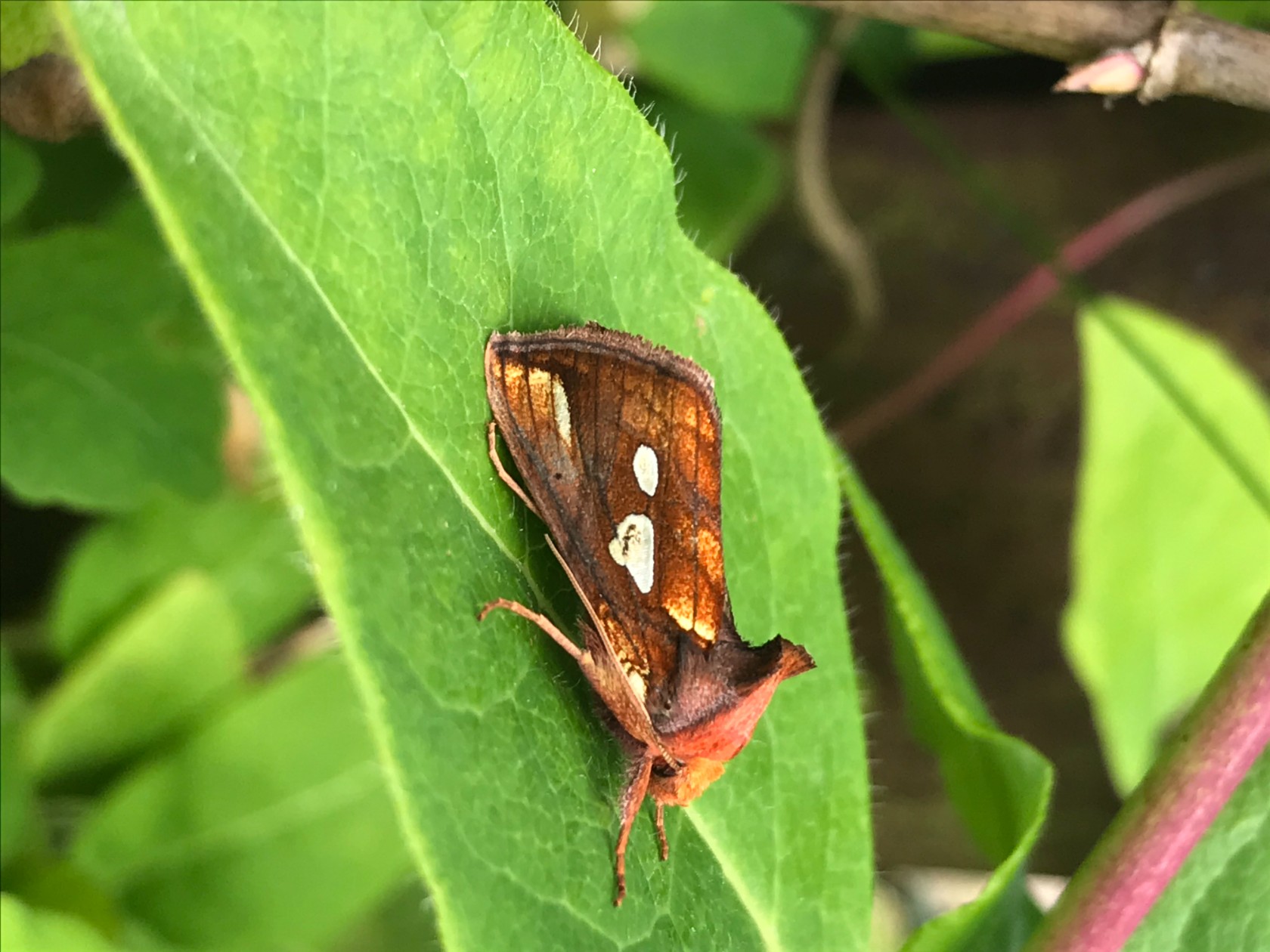It's raining ... moths!
Published: 11 August 2022
Monday was ‘magical moth’ day at Boddam, a partnership event between Shetland Amenity Trust and The Shetland Community Wildlife Group.
.JPG)
It was great to see so many bairns at the event. All keen to get stuck in to identifying moths
as well as taking moths on their hands for release on nearby trees.
The wet, windy weather did little to put people off and over a dozen folk descended on Boddam to check out moth traps set the night before. By mid-August catches can number in the high hundreds but our catch of 215 moths was about right. Enough to allow people to have a good look at some of Shetland’s more common creatures of the night but not too many to overwhelm them.
.JPG)
Bairns hard at work identifying and recording moths. A total of 215 were trapped of 16
different species – not a bad haul for a damp, windy morning
A quick discussion on how traps worked was followed by some tips on how to identify moths and a count of the number of each species trapped. The different strategies employed to avoid predators – flying at night for starters, as well as subtle colouring for camouflage or bright colours to scare off predators were all well illustrated and it wasn’t long before the bairns in particular were fully engaged with these harmless creatures.

This Gold Spot was perhaps the most attractive moth trapped. It is a scarce resident in
Shetland, seen mostly in the South Mainland.
.JPG)
The Snout – guess how it got its name(!) – has recently colonised Shetland but has now reached as
far as Unst. One of a number of insect species that have colonised Shetland as a result of global warming.
Those attending the ‘moth morning’ saw two.
The event tied in well with a recently published paper detailing the status of all of Shetland’s 395 moth species!
Caption: A list of the moths and butterflies of Shetland prepared by Mike Pennington and Paul Harvey has been published recently, based on all the records held in the Shetland Biological Records Centre database at the end of 2021. A total of 395 species have now been recorded in the islands. It is hoped that this list will be made available online soon, along with photographs illustrating the species concerned. Many folk have contributed to this list – from those running moth traps on a regular basis over the last few years, to others who have just sent in a handful of records seen around their houses or on walks in the countryside.


.JPG)